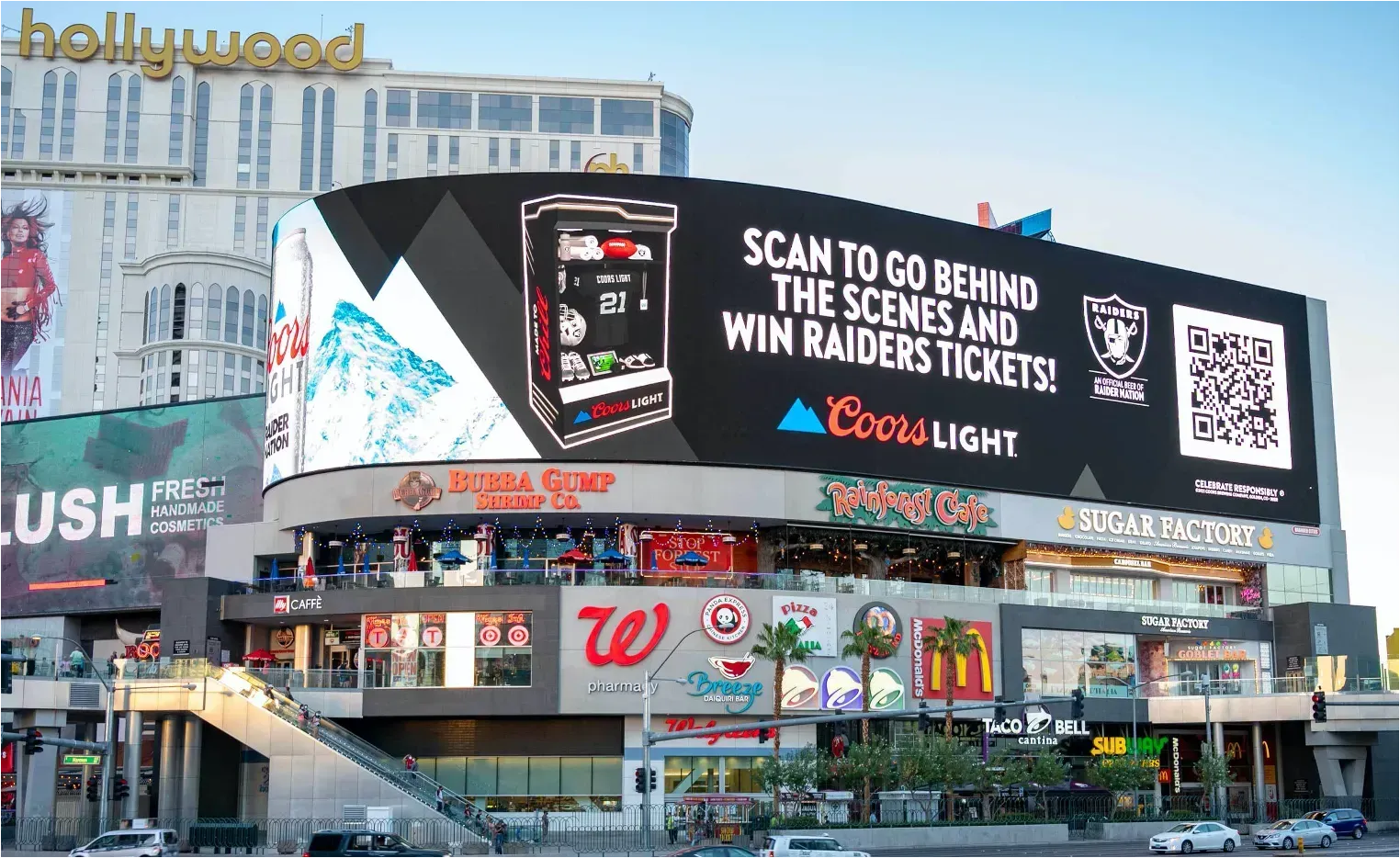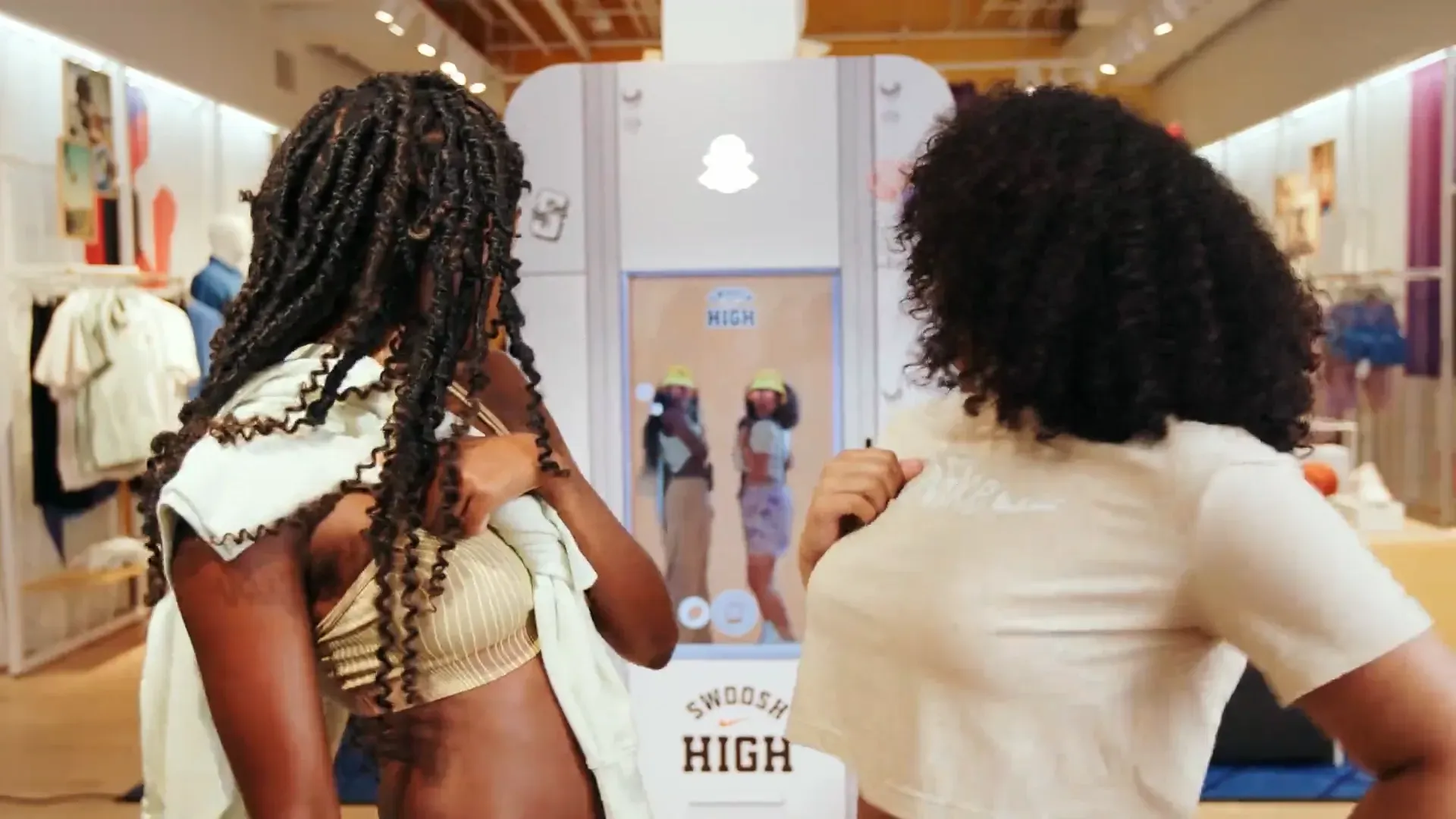How DTC Brands Find Customers in New Places with Out-of-Home Ad Examples
Direct-to-consumer (DTC) brands have revolutionized the retail landscape by cutting out the middleman and selling directly to customers. However, with increasing competition and the rising cost of digital advertising, these brands are finding new ways to reach potential customers. Out-of-home (OOH) advertising has emerged as a powerful tool in the marketing mix, helping DTC brands build brand awareness, engage audiences, and drive conversions. This article explores how DTC brands leverage OOH advertising with real-world examples and insights into the effectiveness of this approach.
The Rise of Out-of-Home Advertising for DTC Brands
Out-of-home advertising encompasses a variety of formats, including billboards, transit ads, street furniture, and digital out-of-home (DOOH) ads. Unlike digital ads that compete for attention on crowded screens, OOH ads capture audiences in the real world, where they can’t be skipped or ignored. This makes OOH a compelling option for DTC brands looking to build brand awareness and drive consumer engagement.

Advantages of OOH Advertising for DTC Brands
1. Enhanced Brand Visibility
OOH advertising offers unparalleled visibility. Billboards and transit ads placed in high-traffic areas ensure that a brand’s message reaches a wide audience multiple times a day. This repeated exposure is crucial for building brand familiarity and trust.
2. Targeted Reach
Advancements in data analytics have made it possible to target OOH ads more effectively. Brands can use demographic, geographic, and behavioral data to place ads in locations where their target audience is most likely to see them.
3. Creative Freedom
OOH advertising allows for larger-than-life creative executions that are impossible in digital formats. Brands can create visually stunning ads that capture attention and leave a lasting impression.
4. Integration with Digital Campaigns
OOH ads can be integrated with digital campaigns to create a seamless multi-channel experience. For example, billboard QR codes can direct viewers to a brand’s website or social media page, bridging the gap between offline and online engagement.
Examples of DTC Brands Using OOH Advertising
1. Glossier
Glossier, a beauty brand known for its minimalist approach, uses OOH advertising to build brand awareness. Their billboards feature clean, eye-catching designs with minimal text, reflecting their brand aesthetic. By placing these ads in trendy neighborhoods and near popular shopping areas, Glossier effectively targets their core demographic.
2. Casper
Casper, a DTC mattress company, leverages OOH advertising to reach sleep-deprived commuters. Their witty, relatable ads are placed in subways and transit stations, ensuring high visibility among urban dwellers. These ads promote Casper’s products and build an emotional connection with the audience by addressing common sleep problems.
3. Warby Parker
Warby Parker, a DTC eyewear brand, uses OOH advertising to drive foot traffic to their physical stores. Their ads often feature bold, colorful designs and highlight limited-time offers, encouraging viewers to visit a nearby store. This strategy helps bridge the gap between online and offline shopping experiences
The Role of Augmented Reality in OOH Advertising
Augmented Reality (AR) transforms OOH advertising by adding an interactive layer to static ads. AR-enabled billboards and posters can engage audiences in new and exciting ways, making the advertising experience more memorable.
1. Interactive Brand Experiences
AR can turn a simple billboard into an interactive experience. For example, a fashion brand could use AR to allow passersby to see themselves wearing the latest collection. This creates a fun and engaging experience and drives product interest and potential sales.
2. Data Collection and Insights
AR-enabled OOH ads can collect valuable data on user interactions. Brands can track how many people engage with the AR content, what features are most popular, and how long users interact with the ad. This data can inform future advertising strategies and improve campaign effectiveness.
3. Viral Potential
Interactive AR ads have the potential to go viral. Users sharing their experiences on social media amplify the brand’s reach and create organic buzz. This user-generated content can be a powerful tool for building brand awareness and credibility.

Measuring the Impact of OOH Advertising
One of the challenges of OOH advertising has been measuring its impact. However, technological advancements are making it easier to track and analyze the effectiveness of OOH campaigns.
1. Impressions and Reach
Modern OOH advertising platforms provide detailed data on impressions and reach. Brands can see how many people were exposed to their ads and estimate the potential audience size based on location data.
2. Engagement Metrics
For digital and AR-enabled OOH ads, engagement metrics such as clicks, interactions, and time spent can provide insights into how effectively the ad captures and retains audience attention.
3. Conversion Rates
Tracking conversions from OOH ads can be challenging, but it’s possible with the right tools. Brands can use unique promo codes, dedicated landing pages, and QR codes to track how many viewers take action after seeing an ad.
The Future of OOH Advertising for DTC Brands
As the advertising landscape continues to evolve, OOH advertising is set to play a crucial role in the marketing strategies of DTC brands. Integrating digital technologies, such as AR and data analytics, makes OOH advertising more dynamic and measurable.
1. Increased Investment
With rising digital ad costs and growing competition, more DTC brands will likely invest in OOH advertising. The unique advantages of OOH ads, such as high visibility and creative flexibility, make them attractive for brands looking to stand out.
2. Advanced Targeting
Advancements in data analytics and geolocation technology will enable even more precise targeting for OOH ads. Brands will be able to deliver hyper-targeted messages to specific demographics and locations, increasing the relevance and effectiveness of their campaigns.
3. Seamless Integration
The future of OOH advertising lies in seamless integration with other marketing channels. By creating cohesive multi-channel campaigns, brands can provide a consistent brand experience and maximize the impact of their advertising efforts.
Conclusion
Out-of-home advertising offers DTC brands a powerful way to reach new customers and build brand awareness in an increasingly crowded market. DTC brands can create memorable and effective marketing campaigns by leveraging the unique strengths of OOH ads, such as enhanced visibility, creative freedom, and advanced targeting. As technology continues to evolve, integrating digital and AR elements will further enhance the capabilities of OOH advertising, making it an indispensable tool in the marketing mix of forward-thinking DTC brands.
Incorporating OOH advertising into the marketing budget can yield significant returns, especially with other channels like social media and digital ads. As DTC brands continue to innovate and adapt, OOH advertising will remain a key component of their strategy to engage audiences in the real world and drive business growth.
TALK TO A PRO
We're here to bring your brand to life!
Stay Connected with BrandXR
Create Augmented Reality for Free!
Create, Publish, and Measure 3D Augmented Reality Experiences Without Having to Code.














